**SEO-Optimized Introduction:**
**Building Canine Muscle: A Comprehensive Guide**
In the world of pet ownership, fostering a healthy and fit companion is paramount. For dogs, achieving optimal muscle mass is crucial not only for aesthetics but also for overall well-being. This in-depth article provides a comprehensive guide to understanding the key factors that influence canine muscle development, empowering pet owners with the knowledge to effectively put muscle on their furry friends.
Through a detailed exploration of diet and nutrition, this article highlights the importance of high-quality protein, amino acids, and the optimal balance of carbohydrates and fats. Furthermore, the significance of supplements and vitamins in supporting muscle growth is thoroughly examined.
Complementing the nutritional aspects, a meticulous analysis of exercise regimens is presented. This includes a comprehensive discussion of resistance training techniques such as weight pulling and swimming, as well as the role of aerobic conditioning in building canine muscle. Additionally, the article delves into the optimal frequency, intensity, and rest periods required for effective muscle gains.
By meticulously addressing the intricate interplay between diet and exercise, this article provides a holistic approach to canine muscle development. Armed with this knowledge, pet owners can confidently embark on a journey to maximize their dog’s muscle mass, promoting not only a physically robust companion but also an enhanced quality of life for their beloved canine friend.
**Diet and Nutrition for Canine Muscle Growth**
Optimizing your dog’s diet is crucial for promoting muscle growth. Here are the key nutritional considerations:
**1. High-Quality Protein and Amino Acids:**
Muscle tissue is primarily composed of protein. Ensuring your dog receives adequate amounts of high-quality protein, rich in essential amino acids, is paramount. Look for dog food brands that list whole meat sources as the primary ingredients.
**2. Optimal Carbohydrate-Fat Ratio:**
Carbohydrates provide energy, while fats support hormone production and cell growth. The ideal ratio for muscle-building dogs is 50-60% carbohydrates to 20-30% fats.
**3. Supplements and Vitamins:**
Certain supplements and vitamins can aid muscle growth. Creatine helps replenish energy stores during exercise, while branched-chain amino acids (BCAAs) play a role in protein synthesis. Consult your veterinarian before administering any supplements.
**4. Hydration:**
Adequate hydration is essential for muscle function. Ensure your dog has constant access to fresh water, especially during exercise.
**5. Feeding Schedule:**
Divide your dog’s daily food intake into two or three smaller meals. This helps prevent stomach upset and provides a steady supply of nutrients to support muscle growth.
The #1 Free Source for Pitbull & Bully Pedigrees!
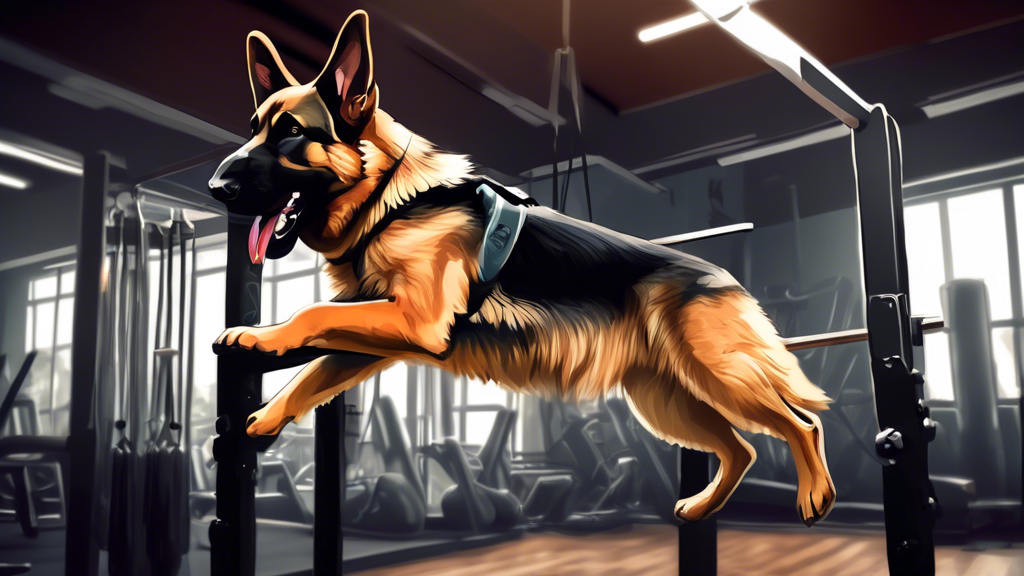
## Exercise Regimen for Canine Muscle Development
Resistance Training
Resistance training involves applying force against a resistance to build muscle mass. For dogs, effective resistance training methods include:
* Weight Pulling: Attaching a harness to your dog and having them pull a weighted sled or cart encourages them to use their muscles to overcome the resistance.
* Swimming: Swimming provides a low-impact form of resistance training that targets all major muscle groups and promotes cardiovascular health.
Aerobic Conditioning
Aerobic conditioning increases your dog’s endurance and overall fitness, which supports muscle growth. Engage your dog in activities such as:
* Long-Distance Runs: Regular, brisk walks or runs stimulate muscle growth and improve cardiovascular function.
* Chase Games: Playing fetch or chasing games encourages your dog to sprint and engage their muscles explosively.
Frequency, Intensity, and Rest Periods
For effective muscle gains, consider the following:
* Frequency: Aim for 2-3 resistance training sessions and 3-4 aerobic conditioning workouts per week.
* Intensity: Gradually increase the weight or resistance during weight pulling and the duration or intensity of aerobic activities.
* Rest Periods: Allow ample rest between sets and exercises to prevent muscle fatigue and promote recovery.
Tips for Effective Muscle Growth
* Start gradually and gradually increase the intensity to avoid overexertion.
* Ensure your dog has adequate warm-up and cool-down periods before and after workouts.
* Monitor your dog’s energy levels and appetite to adjust the exercise regimen accordingly.
* Consider consulting with a veterinarian or certified dog trainer for guidance on appropriate exercises and nutritional support.
* Provide plenty of fresh water and a balanced diet to support muscle recovery and growth.
By following these exercise guidelines, you can effectively stimulate muscle development in your dog, enhance their strength and endurance, and improve their overall well-being.
**Conclusion**
Building muscle on your dog requires a comprehensive approach that addresses both nutrition and exercise. By providing your dog with a diet rich in high-quality protein, appropriate carbohydrates, and fats, you can provide the essential building blocks for muscle growth. Supplementing their diet with amino acids, vitamins, and minerals can further enhance their muscle-building potential.
An effective exercise regimen is equally crucial. Engage your dog in resistance training activities like weight pulling and swimming to stimulate muscle growth. Aerobic conditioning through long-distance runs and chase games improves cardiovascular health and enhances endurance. To maximize results, adhere to an optimal frequency, intensity, and rest period schedule that is tailored to your dog’s individual needs.
By following these guidelines, you can effectively put muscle on your dog, improve their overall health and well-being, and foster a strong bond through shared physical activities. Remember, patience, consistency, and consulting with a veterinarian if necessary are key to achieving your goal of a muscular canine companion.
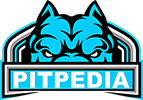





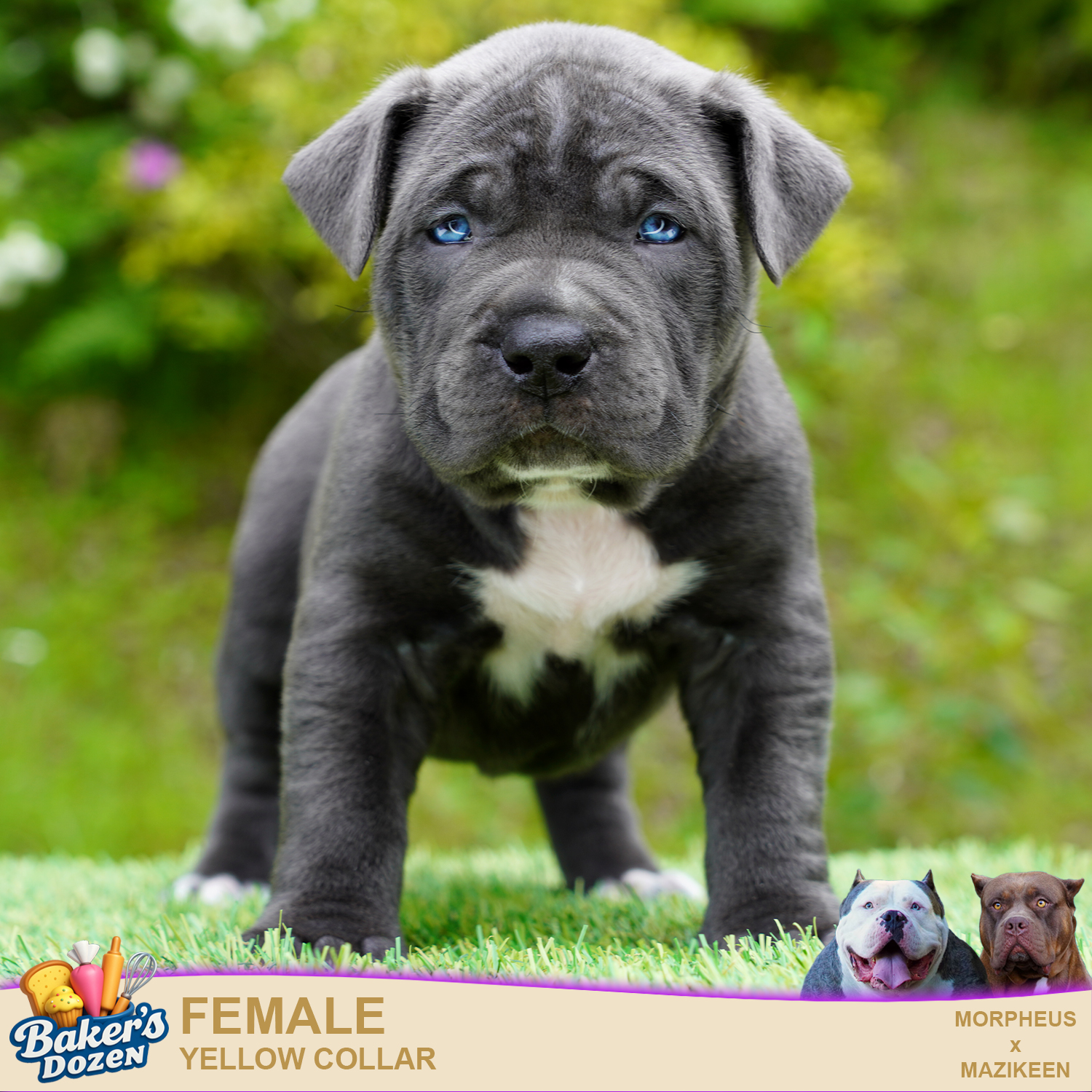

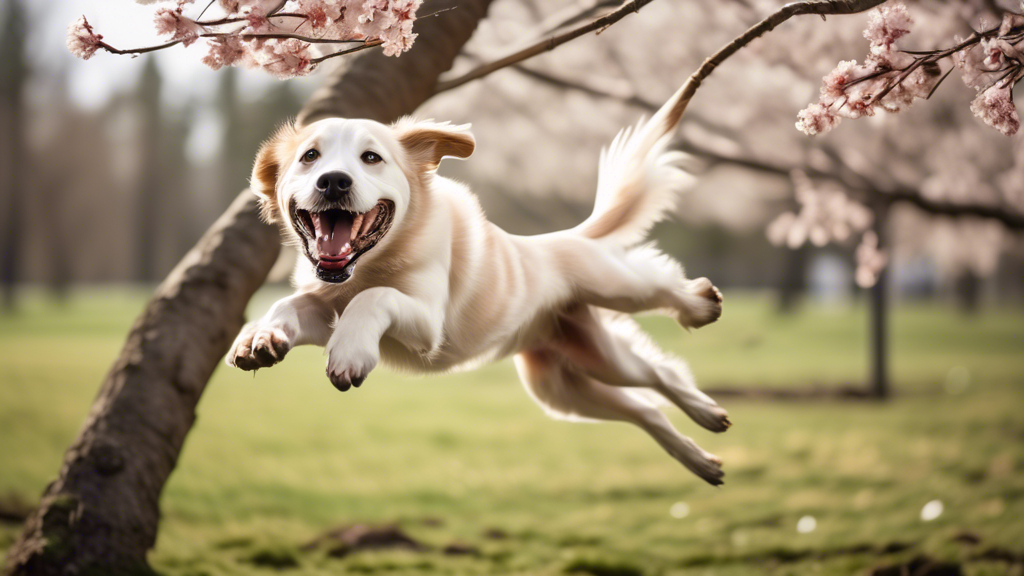
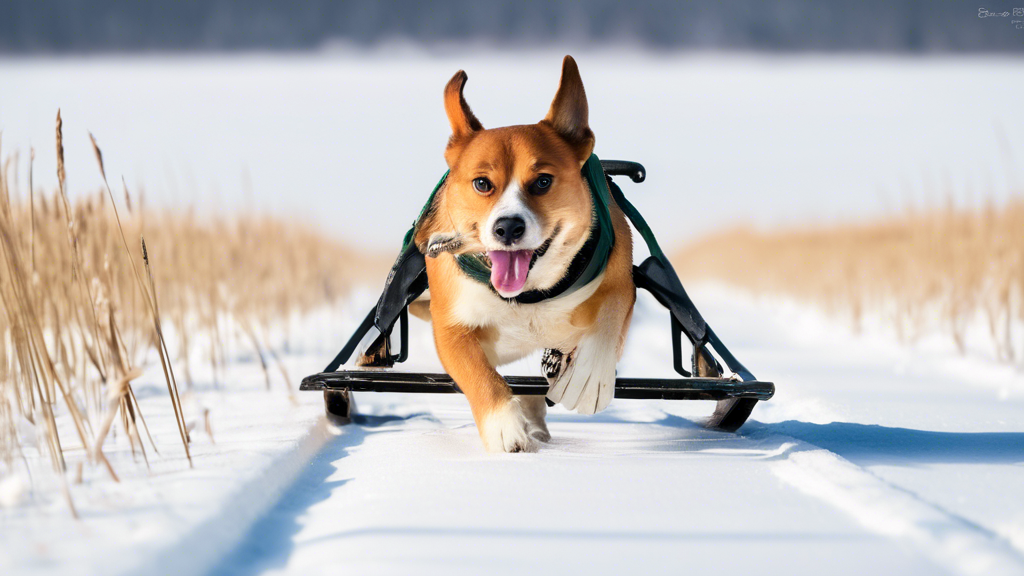
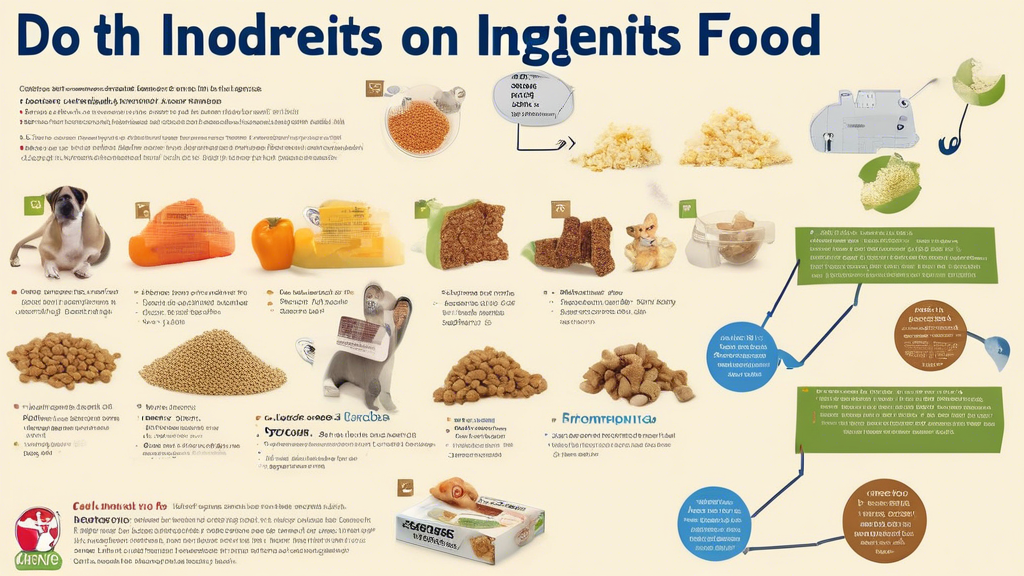
Leave A Comment